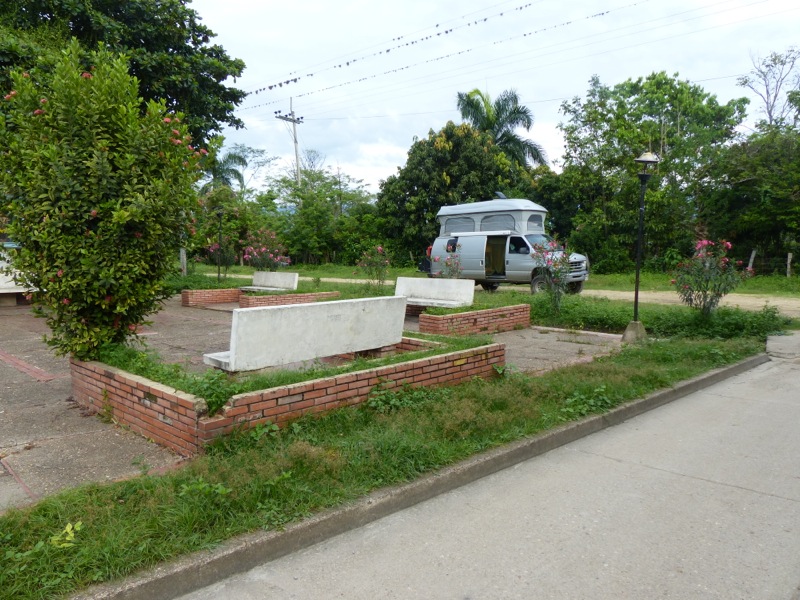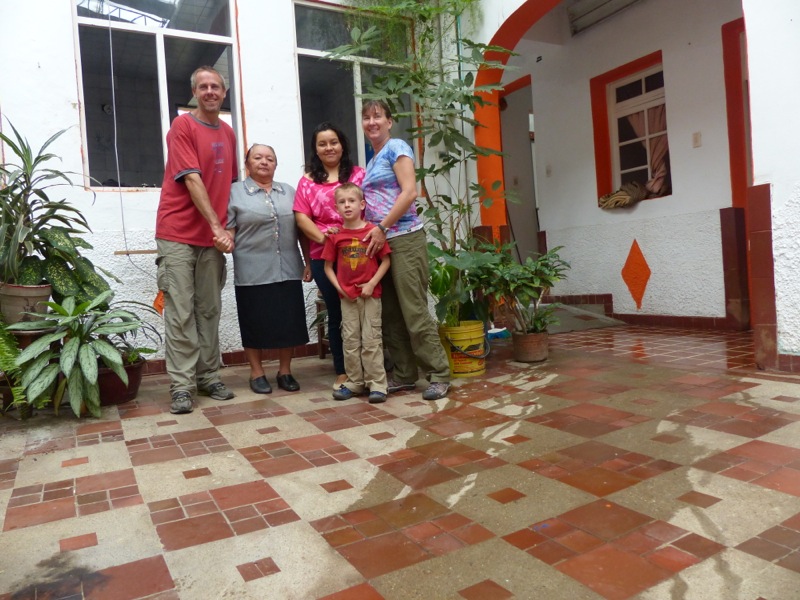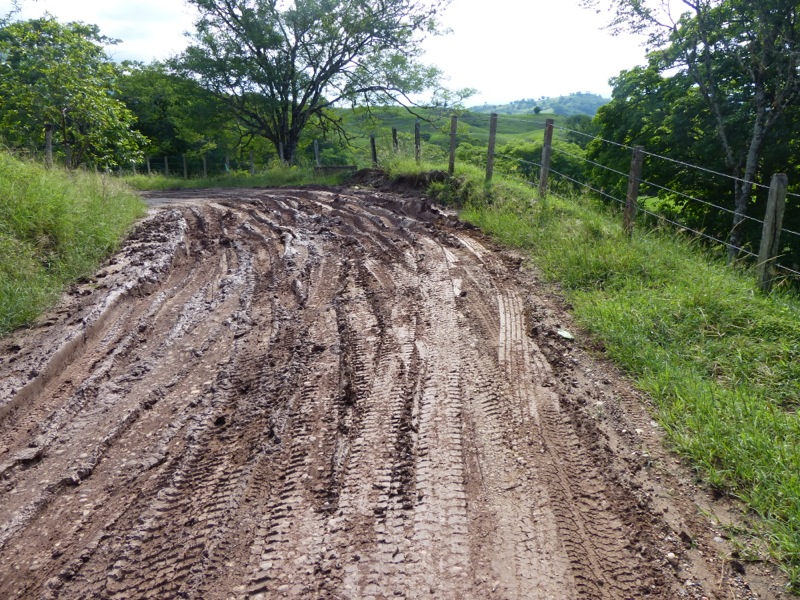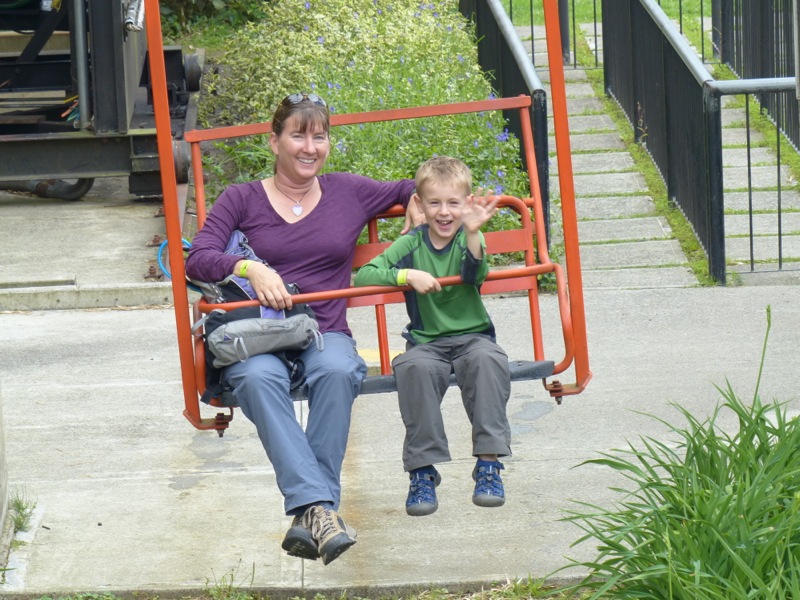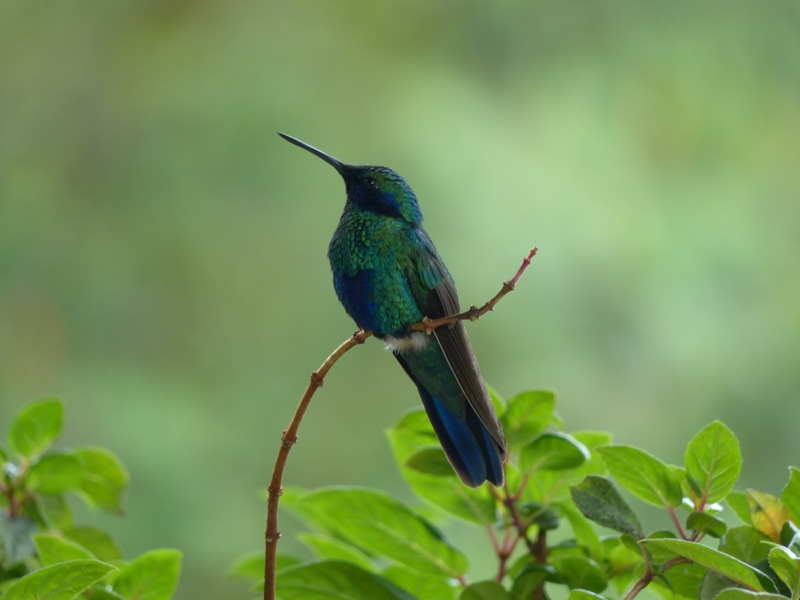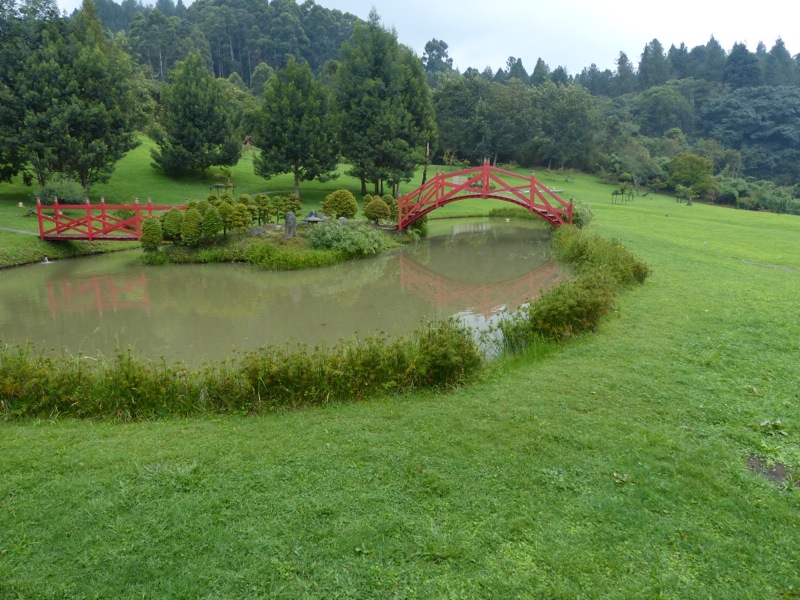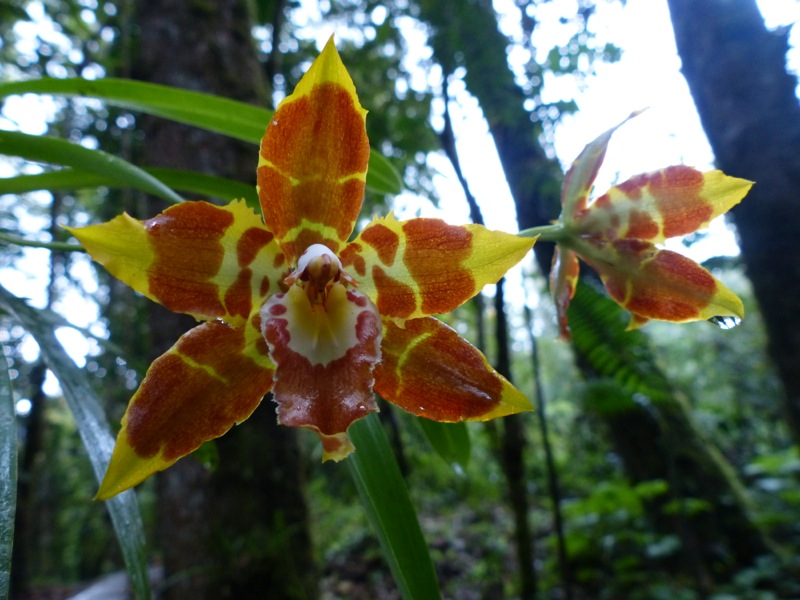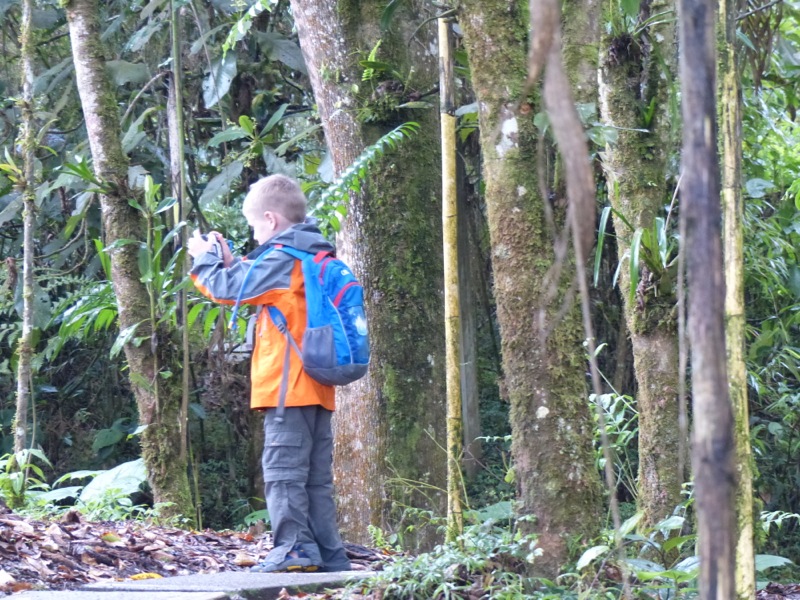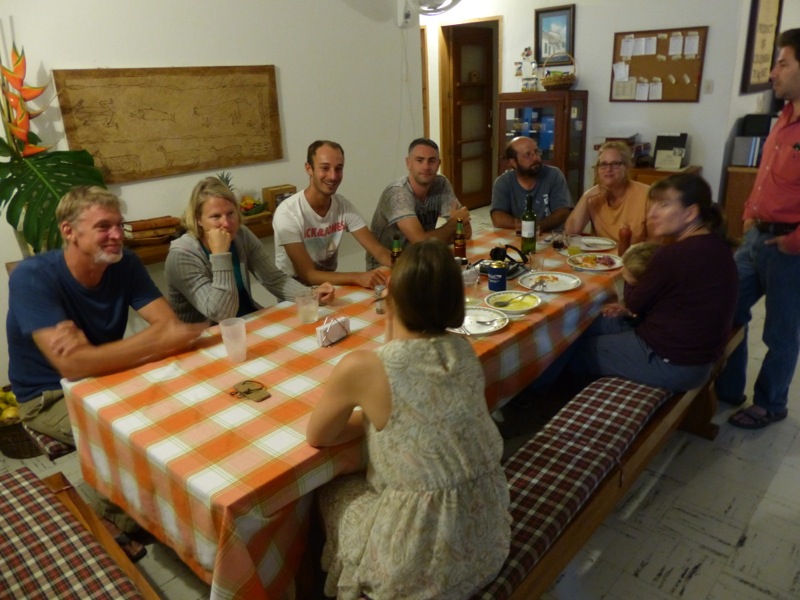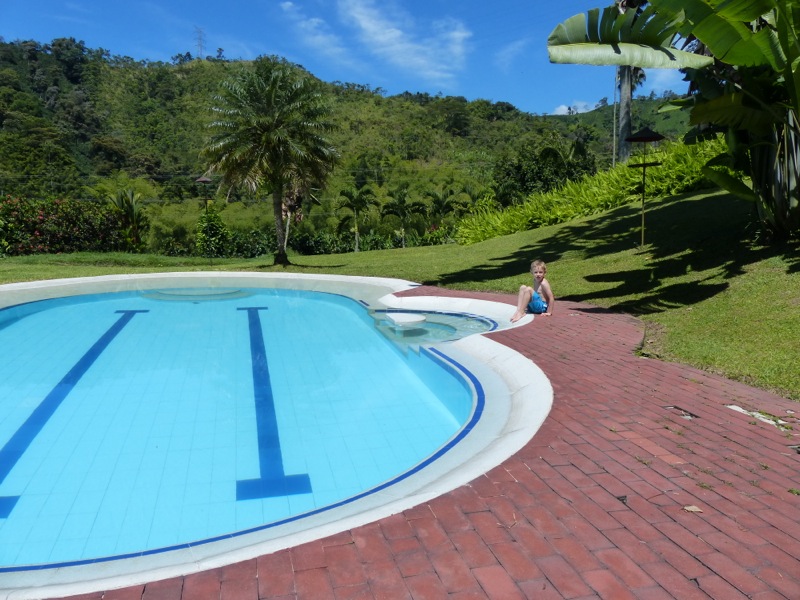After a fun day at the science museum, we drove to a small town about 2 hours outside of Bogotá to do some volunteer work. What San Javier lacks in size it more than makes up for in hospitality. Angela and her mother run a community center there and we spent some time repairing and upgrading the computers in their computer lab. They fed us and made us feel very welcome. We gave lots of tours of the van, and a local businessman gave me a beer while we discussed solar power systems – he had spotted the solar panel on our van.
Back in Bogotá, we were able to get together with some relatives on Jen’s side of the family. On our way in to town we got to experience the best of Bogotá traffic, sitting in a cab for more than an hour before we finally got out and walked. We had a very nice visit with them and they were kind enough to let us stay with them in the city.
After leaving Bogotá we headed for the Zona Cafetera, which is where the bulk of Colombia’s coffee is grown. We had hoped to make it to the town of Manizales in a day, but we found out that the road had been damaged in a landslide and was closed. The local police pointed us to an alternate route that would add 2 hours to our journey. The first part of the detour was great – a brand new, four lane highway. When we got to the point where we needed to veer off the highway, we were in for a change.
We spotted an old, faded sign indicating the town we were headed for. We took the indicated left turn, but it was just a retorno, taking us back in the other direction on the highway.
We drove for a few minutes, when I spotted the back of a sign that was pointed the wrong way on the road. I looked back at it, and sure enough it indicated the town we wanted. I backed up to where there was a dirt track leading off the highway into the forest. Within 5 minutes we had gone from doing 90km/h on a four lane highway to creeping along in four wheel drive. It took us about 40 minutes to go the 15 km to the road that would take us back to our original route.
We weren’t able to stay in the Zona Cafetera for as long as we would have liked, since we had to be in Quito in about two weeks for our trip to the Galapagos Islands. But we did get a chance to see a nice ecological park. We also enjoyed some time at a very nice hostel/campground where we met a few other overland travelers.
For fans of pictures of Quinn, we put together a slideshow of him feeding pigeons in the Plaza de Armas in Bogotá.

